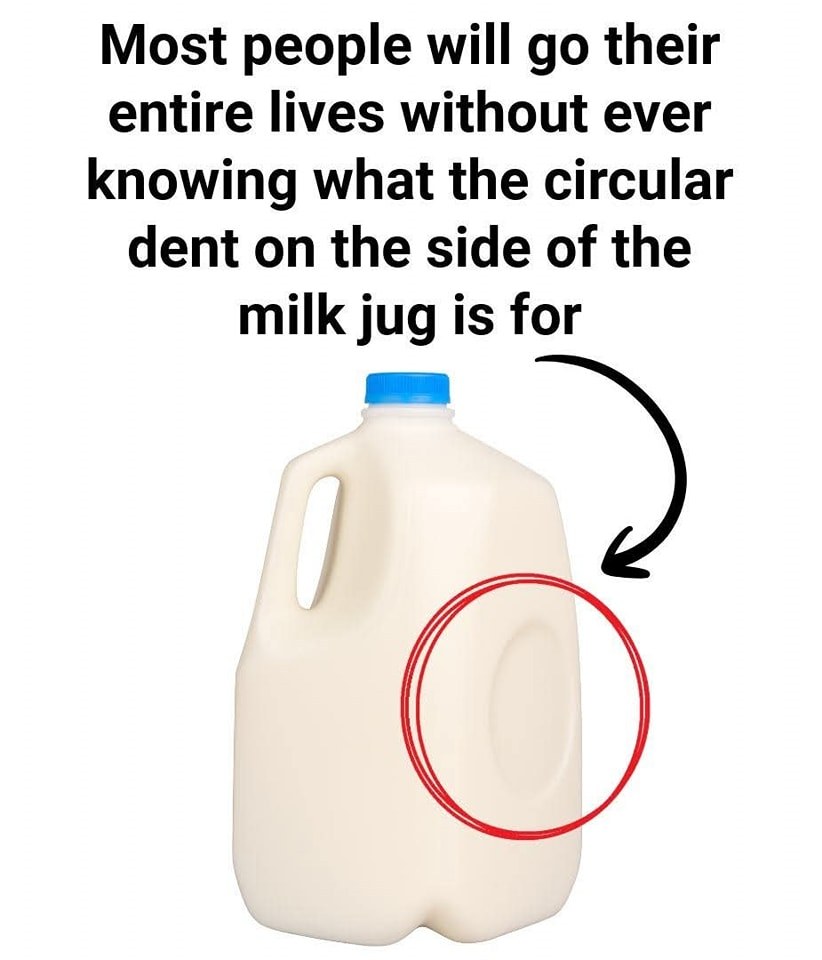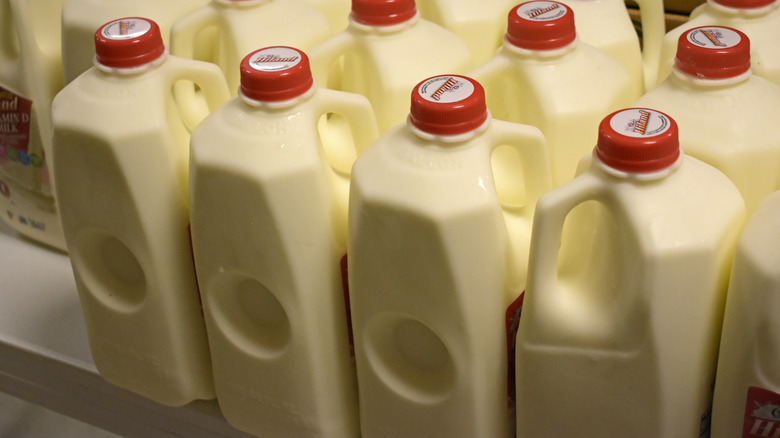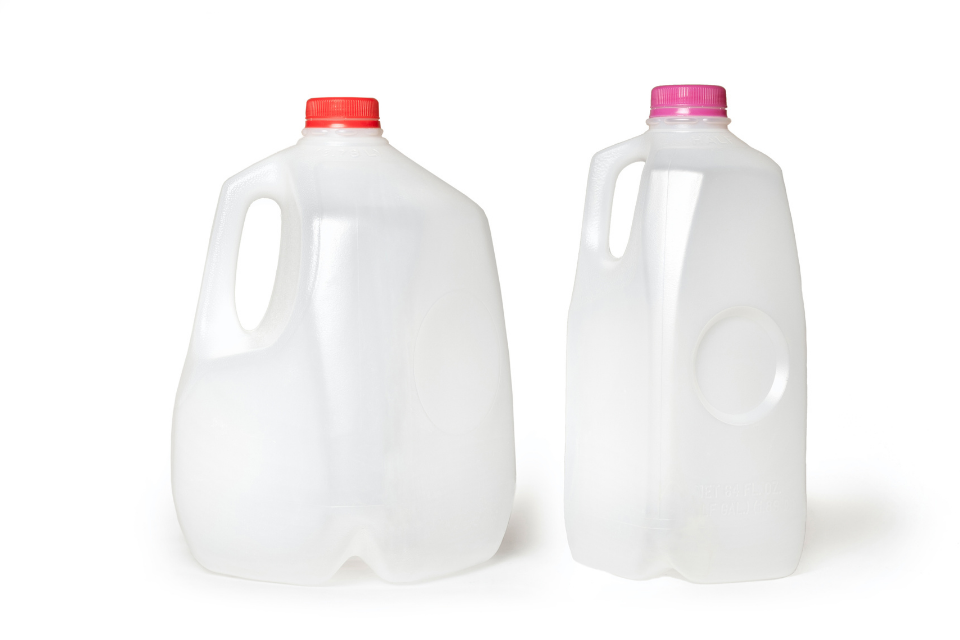
Okay, I’ll admit it — I’ve spent way too much time wondering about that weird little dent on the side of a milk jug. You know the one. It’s perfectly round, a bit caved in, just sitting there like it’s hiding some kind of secret. And guess what? It kind of is. If you’re anything like me (and a lot of folks), you probably figured it was just a random result of how the jug’s made — or maybe even some odd design choice? But nope. That dent actually serves a pretty clever purpose.
So, grab a bowl of cereal, pour yourself some milk, and let’s dive into the mystery behind the milk jug dent.
Why Is There a Dent in the Side of a Milk Jug?
That circular dent isn’t a factory flaw or a lazy shortcut in the design. It’s there for some smart, practical reasons — all about keeping the jug safe, functional, and structurally sound. Here’s what’s going on:

- It Helps Handle Pressure from Temperature Changes
First off — pressure.
Since milk is a perishable liquid, it needs to stay cold. But when liquids go from warm to cold (say, during transport to your fridge), they expand and contract. That dent gives the plastic room to flex with those shifts in temperature and pressure.
Without that little pocket of give? The jug might bulge out, crack, or in some cases, even burst — especially if frozen. The dent is basically a built-in pressure relief zone. Like a stress ball… but for your milk jug.
- It Absorbs Impact to Prevent Cracks
Ever accidentally dropped a milk jug?
Same here. That dent also works like a built-in shock absorber. If the jug gets knocked around — whether it’s falling off a counter or being handled a little too roughly during stocking — the dent helps cushion the blow and spread out the force.
Fewer cracks and fewer spills mean fewer sticky messes to clean up (thank goodness). And for companies shipping milk by the truckload, preventing even a few damaged containers can save real money.

- It Adds Strength Without Extra Plastic
Here’s a smart twist: that dent actually helps reinforce the jug without needing to use more plastic.
Kind of like how a cardboard box stays sturdy with ridges, or how arches in buildings hold weight — the dent boosts the jug’s durability. Instead of making the plastic walls thicker (and more expensive), manufacturers just shape it in a way that adds strength without the extra material.
Efficient and cost-effective. It’s like combining smart design with simple physics.

- It Might Warn You If the Milk’s Gone Bad
Now for the wildest part.
When milk starts to spoil, bacteria can release gases that build pressure inside the jug. That pressure can push the dent outward — basically causing it to pop out.
So, if you ever notice a jug with a bulging dent or one that doesn’t look quite right, it could be a sign the milk’s going bad. It’s not a 100% guarantee — sometimes dents pop out for harmless reasons — but it’s a clever little early warning system.
So next time you see that mystery dent? Give it some respect. It’s doing more for your milk (and your breakfast) than you probably realized.

